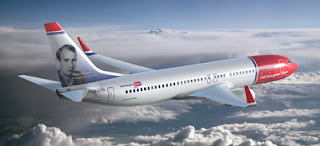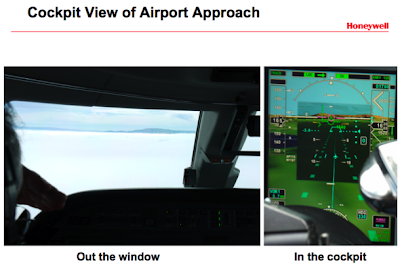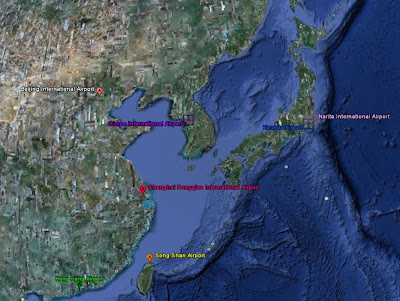Eyjafjoll Volcano : closing airspace was the right choice

A study by icelander and danish scientists in nano particles (cited in the Proceedings of the National Academy of Sciences 26 April 2011) shows that the Civil Aviation Authority's decision to stop all flights in Europe during the awakening of the Eyjafjallajökul Volcano was justified. In april 2010 this ban on flights had been attacked by some aviation specialists. The reason for it were fears that ashes were hazardous for aircrafts. The interruption in air traffic was the longest that ever happent since World War II : almost 100 000 flights were canceled in 11 european countries leaving 10 millions passengers stranded. Net loss for airlines was estimated around 1.5 and 2.5 billion euros. According to the scientists, 'the first ash particles sent in the air by the explosion were very thin, hard and as sharp as splinters from a crushed glass bottle. Later volcanic ashes had a higher granularity but were also dangerous'. They have estimated that if a plane ever crossed such...







